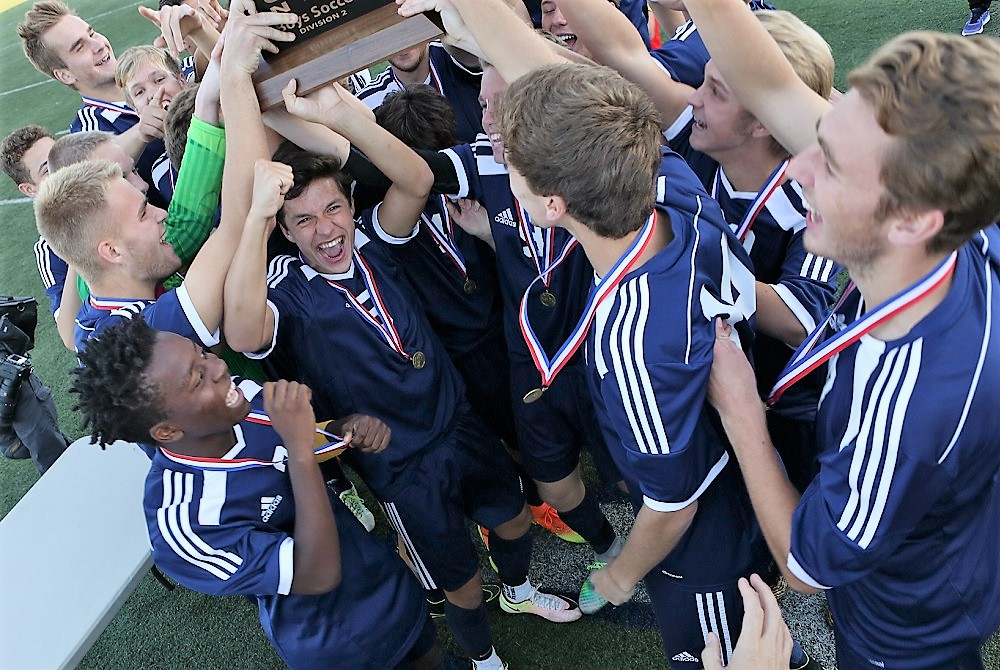
Nonfaculty Coaches
June 18, 2012
Since the so-called heyday of school sports in the 1950s, when you could count on more talk in a community about its few high school teams than about all the college and professional sports teams in the country combined, some things have improved – diversity and safety, for example; but some things have not met the high ideals hoped for in educational athletics.
During the explosive growth period of school sports in the 1970s and 1980s, when girls programs were introduced or reintroduced to schools and well-established community programs were added to the school sports curriculum, schools in almost every state had to backpedal from the ideal that only trained educators – certified teachers – could coach interscholastic athletic teams. (In Michigan, except for two years in the mid 1950s when certified teachers were required, the rules only urge that coaches be certified teachers.)
While the number of sports and levels of teams have greatly expanded these past five or six decades, the coaching pool within the faculty of a school district has not. Furthermore, teachers’ salaries improved so much that coaching stipends became less necessary to supplement teachers’ incomes, so teachers “volunteered” less readily to serve as coaches for a second and third sport.
Moreover, the coaching demands for one sport increased out of season, interfering with a person’s availability to help coach second and third sports during the school year. This was commonplace in the sports that moved from the community into schools, but the out of season demands have increased significantly for traditional school sports as well.
There is irony that community youth sports programs not only have provided school districts with a pool of informed and interested people to serve as coaches, but they have also increased the demands on coaches so much out of season that coaches must specialize in a single sport and therefore are less available to assist with the many different sports and levels of teams that school districts struggle to provide students.
It is estimated now that more than half of all high school coaches do not work in the school building where they coach, which can create communications challenges for schools. A smaller but growing number of high school coaches do not work at all in the field of education, which can create philosophical problems as well. Not always, of course; in fact, many nonfaculty coaches are a rich and increasingly indispensible blessing for school sports.

Mattawan Commended Nationally for Athletic Program's Excellence
By
Geoff Kimmerly
MHSAA.com senior editor
September 15, 2022
Mattawan’s athletic department has been selected for a Quality Program Award from the National Interscholastic Athletic Administrators Association (NIAAA), becoming the second Michigan school to receive the exemplary-level honor since the QPA was introduced in 2009.
Programs were considered by the NIAAA based on 10 assessment categories that aspire to “encourage measurement, planning and goal setting aimed at continuous improvement of local school athletic programs.” Mattawan will be recognized for the achievement during December’s NIAAA/NFHS National Athletic Directors Conference in Nashville, Tenn.
Mattawan sponsors 23 sports, and 563 of the school’s 1,180 students during the 2021-22 school year participated on at least one team.
“Here at Mattawan, we take great pride in our athletics and activities. We are continuously trying to improve so that our student-athletes have the best experience possible,” athletic director Chad Yager said. “The NIAAA Quality Program Award model guided us through a complete evaluation of our athletic programs. In doing this, we were able to reaffirm what we know we do well, (with the program) also showing us areas that need improvement.
“We are extremely proud of this achievement and will continue to grow as a school and community through continuous evaluation of our programs.”
Mattawan previously received an Exemplary Athletic Program Award in 2005 from the Michigan Interscholastic Athletic Administrators Association (MIAAA).
PHOTO The Mattawan boys soccer team celebrates its Division 2 championship won in 2016.

